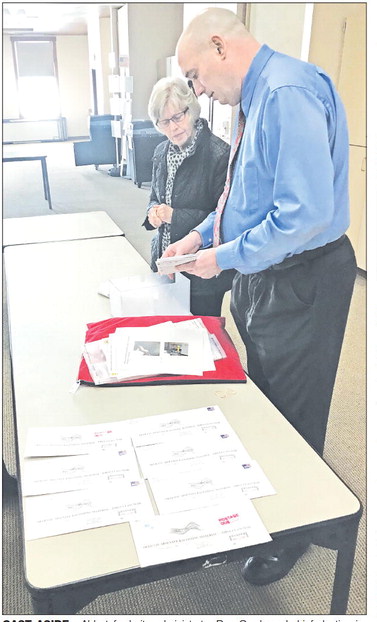Ballots rejected due to no postmark


By Kevin O’Brien
Seven absentee ballots in the city of Abbotsford, five of which came from one nursing home, had to be rejected this week because th...


By Kevin O’Brien
Seven absentee ballots in the city of Abbotsford, five of which came from one nursing home, had to be rejected this week because th...